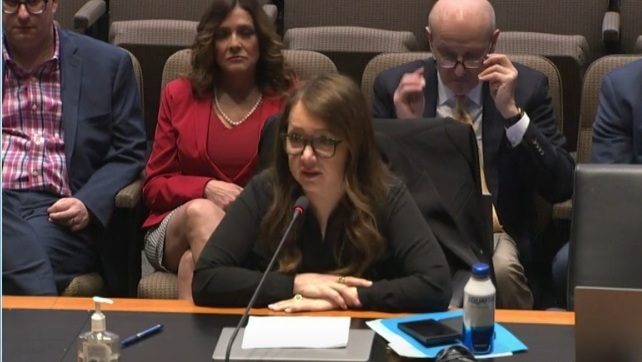
Zooming in on the EU’s young SFDR: a new era for investor disclosures?
Anne Schoemaker of Sustainalytics told NZI that the SFDR is 'hugely important' in addressing greenwashing risks
First applied in March 2021, the EU’s relatively young Sustainable Finance Disclosure Regulation (SFDR) is designed to promote sustainable investment across Europe as part of a broader EU Sustainable Finance Action Plan.
It aims to standardize terminology for sustainable investment products and reduce greenwashing.
Financial products are tiered according to category, the most relevant being Article 8 demonstrating ‘ESG characteristics,’ and Article 9 focused on ‘sustainable investment.’
Any investor that markets products within the EU is subject to reporting requirements at both fund and product level.
This includes policies on how sustainability related risks are incorporated in investment decision-making and statements of due diligence around principle adverse sustainability impacts.
In doing so investors must verify the degree to which their portfolio companies demonstrate ‘good governance practices’ and adhere to sustainability standards.
How has disclosure evolved as investors prepare for a second round of reporting by June 2023. What are the challenges and how can efficiencies be gained?
Anne Schoemaker, Sustainalytics’ lead expert on the EU Sustainable Finance Action Plan, told Net Zero Investor that the SFDR and the broader EU Action Plan are “hugely important” in addressing greenwashing risks and reorienting capital flows to sustainable investments.
“Around four years into the process, which I consider early days compared to over an anticipated decade of planned development of financial reporting standards, we have a comprehensive package of legislation and rules but a very mixed picture in terms of effectiveness for both investor practice and potential for positive impacts,” Schoemaker said.
There is tension between the goal of reorienting capital flows and greenwashing risk reduction.

Has the market been successful in reorienting capital flows into sustainable investments?
“It’s too early to tell,” she noted. “The Taxonomy has much potential to achieve this goal, but it is unfinished and presents usability issues.”
Have investors been able to reduce greenwashing risk?
“The regulations have led to significantly more transparency and available information for sustainable product development,” added Schoemaker, who is also a member of the ESMA Consultative Working Group on Sustainable Finance.
“However, the risk of (unintentional) greenwashing is still present due to a need for clarity on certain key concepts, like how the market defines sustainable investments for Article 8 and 9 thresholds.”
So is sustainability now more mainstream in risk management?
“Definitely,” said a determined Schoemaker. “ESG-related factors are far more integrated due to EU Action Plan requirements.”
She stressed the market needs practical policy tools that help investor decision-making and include global coverage, considering many investors are considering themes like climate change which requires global action.
“With the EU currently being fairly restrictive around how estimated data can be used in the absence of reported data for the EU Taxonomy to limit the risk of greenwashing, we observe that the restrictiveness reduces the applicability and usefulness of the Taxonomy as a policy tool,” Shoemaker explained.
For the upcoming SFDR review, Schoemaker thinks it would “be prudent” to better consider the retail investor perspective and aim for simple, consistent, and decision-useful disclosures―perhaps augmented with additional disclosures for institutional investors.



